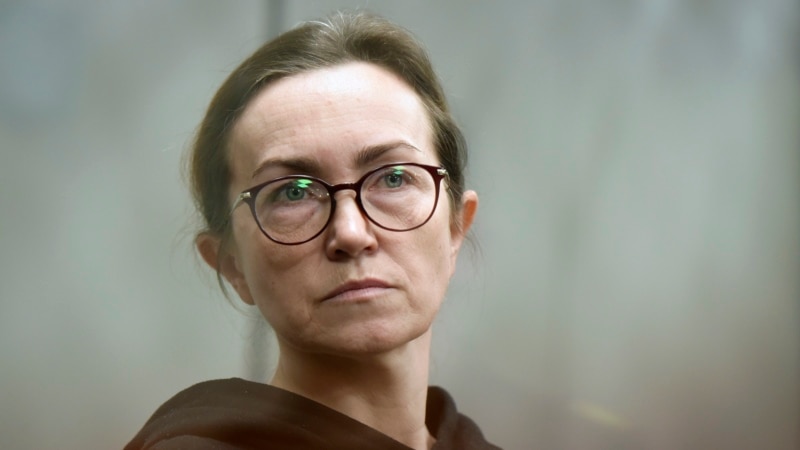

Iranians, already hit hard by declining living standards, are seeing steep price increases for essential goods as the Persian New Year, Norouz, approaches.
The New Year, which this year follows the start of the holy month of Ramadan and heralds the start of spring on March 20, is traditionally a time of celebration. But the surge in prices, according to local media, has forced many to prioritize essential food items over other purchases of new clothes for the New Year celebrations at a time already marred by economic hardship.
The Tehran-based Etemad newspaper highlighted the impact of these price hikes on Ramadan, noting that the cost of consumer goods for iftar meals has multiplied compared to the previous year as Iranians continue to endure an annual inflation rate that for the past five years has been above 40 percent while purchasing power has been decimated.
The cost of preparing the traditional haft-sin table, a central part of Norouz celebrations, has also skyrocketed, retailers said.
Unrest has rattled Iran for more than a year in response to declining living standards, wage arrears, and a lack of welfare support.
The country’s economy has been ravaged by U.S. sanctions, hitting budget revenues hard while also leading to a surge of protests. Labor Ministry data show that Iran’s poverty rate doubled in 2021, with one-third of the population living in “extreme poverty.” Since then, conditions have failed to improve.
In September 2023, Iran’s Misery Index, calculated by the Iranian Statistics Center, rose to 60.4 — its highest point ever and more than double what it was six years ago. The higher the rating, the worse off people feel.
Rasoul Shajari, the head of Tehran’s Shoemakers Union, reported a 25 percent drop in demand amid a 30 percent increase in prices in Tehran’s pre-Norouz shoe market. Meanwhile, the Ettela’at newspaper said its survey of retailers showed a significant decline in the demand for sweets, a staple of Norouz celebrations, due to high prices.
Compounding the economic pressures, Tehran’s City Council announced fare increases for public transport, including a 16 percent rise for the subway, 21 percent for rapid transit buses, and 30 percent for regular buses, further squeezing the already strained budgets of Tehran’s residents.
The situation outside the capital is just as bad.
The Mehr news agency reported from the central Iranian province of Semnan that some prices have jumped “significantly” in the weeks leading up to the holiday season.
The Etemad newspaper, in a rare move, urged officials to refrain from exacerbating the situation with “additional social pressures” such as clamping down on wearing the hijab.
The Misery Index is also seen as a barometer for societal issues, with a direct link to crime rates and even instances of suicide. The most recent index also showed that in the past year, 22 of Iran’s 31 provinces reported a reading surpassing the national average, highlighting countrywide discontent.
Several protests have been held by Iranians over the past year in response to declining living standards, wage arrears, and a lack of welfare support.
The death of Amini while in police custody for allegedly wearing a head scarf improperly has added fuel to the unrest, as Iranians have also demonstrated against a lack of freedoms and women’s rights.